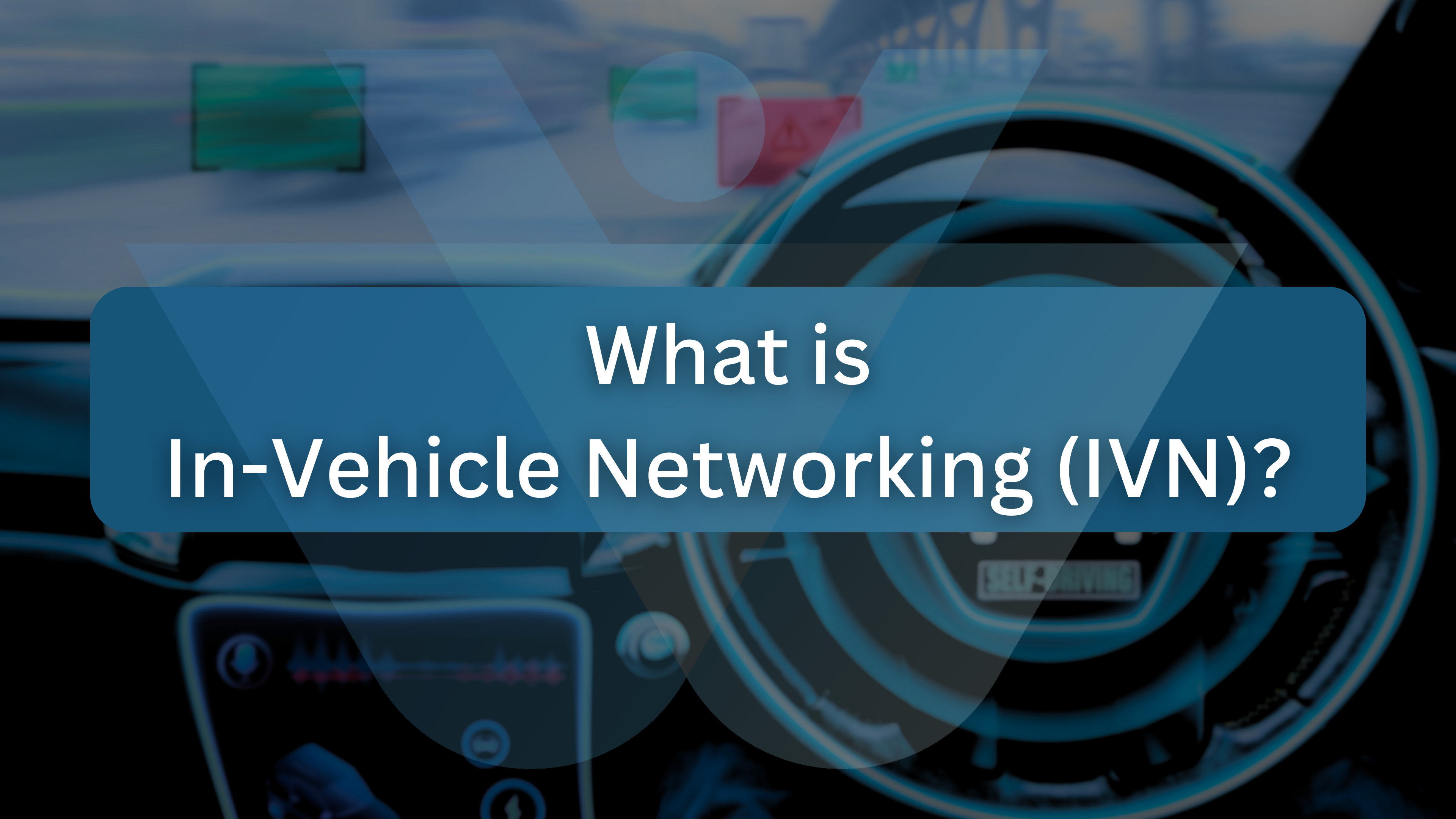In-Vehicle Networking (IVN) Management: The Backbone of Automotive Intelligence

In the rapidly evolving landscape of automotive technology, the role of In-Vehicle Networking (IVN) has become paramount. This article dives deep into the essence of IVN, outlining its function, importance, and the processes involved in its management. Our recent project at SIQOL into developing firmware for IVN management, has furnished us with a rich understanding of how these networks operate, manage wake-up signals, coordinate power down, and navigate through network failures and recoveries. It is interesting to explore the critical components that make this technology a cornerstone of modern automotive systems.
Introduction to In-Vehicle Networking (IVN)
In-Vehicle Networking (IVN) represents the complex web of communication protocols and network interfaces that allow the various electronic components within a vehicle to communicate with each other. From safety features like airbags and ABS to comfort functions such as climate control and infotainment systems, IVN stands at the core of modern automotive design, ensuring these systems operate in harmony.

The Framework of IVN
IVN architectures typically involve multiple networks, each designed to cater to specific requirements in terms of data transmission rates, reliability, and real-time performance. The most common types include CAN, LIN, FlexRay, MOST, and Ethernet networks, each serving distinct aspects of vehicle functionality.
IVN Management: A Closer Look
Managing an IVN involves several critical functions, ensuring that the communication between vehicle systems is seamless, efficient, and failsafe. At SIQOL, our embedded firmware projects have given us firsthand experience in implementing strategies for network management, which include:
- Network Wake-Up: Initiating the network from a low-power state to active mode for ensuring systems are ready when needed.
- Coordinated Power Down: Gracefully shutting down the network to conserve power without losing critical data or state information.
- Network Failure Management: Detecting and diagnosing failures in the network to prevent system-wide outages.
- Network Failure Recovery: Implementing robust recovery mechanisms to restore network functionality following a failure.
Implementing Strategies for IVN Management
Network Wake-Up & Coordinated Power Down
Our approach to managing wake-up signals and power-down sequences involves meticulous timing and coordination across the network. This ensures that not only is power conserved, but the network remains responsive and reliable. Our firmware design includes algorithms that monitor vehicle state and user inputs to intelligently manage the network’s power state.
Network Failure Management & Recovery
The key to effective network failure management lies in early detection and precise diagnostics. Our firmware incorporates advanced monitoring capabilities to identify anomalies within the network, coupled with a comprehensive log system for troubleshooting. Recovery mechanisms are designed to be adaptive, enabling the network to revert to a known good state. These are also designed to reinitialize subsystems without compromising vehicle safety or operability.
Conclusion
The management of In-Vehicle Networks is a foundational aspect of modern automotive engineering, ensuring that vehicles are not only efficient and reliable but also capable of supporting the complex digital functions demanded by today’s drivers. At SIQOL, our commitment to innovation in embedded software development for IVN management reflects our dedication to improving quality of life through technology. As the automotive industry continues to advance, we stand at the forefront, ready to tackle the challenges and embrace the opportunities that lie ahead in IVN management.

